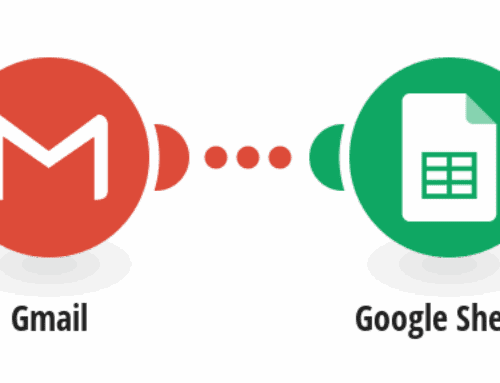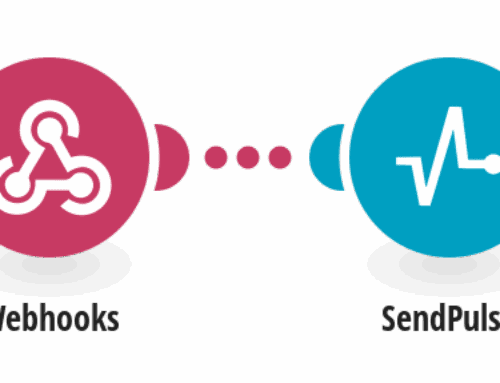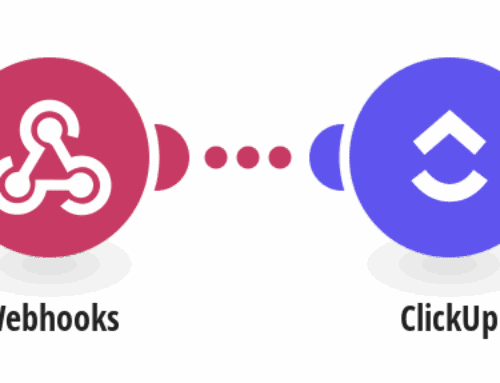Integrating Wave Customers with Databox: A Step-by-Step Guide
Introduction to Wave and Databox
In the ever-evolving landscape of digital tools, it’s crucial to harness the power of integration to streamline processes. Wave, a comprehensive financial software, offers businesses a myriad of features including invoicing and accounting. Meanwhile, Databox stands out as a robust platform for decision-makers to visualize data through real-time metrics.
By integrating Wave with Databox, you have the opportunity to see your financial data in a visually appealing format, enhancing the decision-making process. This integration empowers businesses to make informed decisions by transforming raw financial figures into actionable insights.
Why Integrate Wave with Databox?
Understanding the need for integration is half the battle won. For starters, managing financial data across different platforms can become a logistical nightmare. With an integrated system, you eliminate the tedious task of manually transferring data, thus reducing human error. This ensures that your data remains consistent across all platforms, which is vital for accurate reporting and forecasting.
Moreover, seeing your financial information come alive through interactive dashboards can be a game-changer. Such visuals not only aid in identifying trends but also highlight areas that require immediate attention. By seamlessly connecting Wave to Databox, businesses can leverage their financial data like never before.
Preparing for the Integration Process
Before diving headfirst into the integration, there are a few preparations to keep in mind. First and foremost, ensure that you have administrator access to both Wave and Databox accounts. This will facilitate a smoother setup process without any unnecessary hiccups.
Another consideration is familiarizing yourself with the features of both platforms. Understanding what each tool offers can help you tailor the integration to meet your specific business needs. Additionally, having a clear idea of the data points you wish to visualize on Databox will streamline the setup process.
Setting Up Your Wave Account
To begin with, log into your Wave account and navigate to the settings page. Here, you can connect various apps and services. Ensure that your Wave account is updated to the latest version to avoid any compatibility issues during integration.
Once in the settings, explore the available APIs and webhooks in case you need to customize data transfers. Making sure your Wave account is properly configured will save time in the long run and allow for a more seamless connection.
Configuring Databox for Integration
Databox is designed to integrate with numerous data sources, making it essential to set up your account for optimal functionality. Start by logging into your Databox dashboard and selecting the data manager option. This is your hub for all data integrations.
Within the data manager, you can connect new data sources. Locate Wave from the list of available integrations and follow the prompts to link the two platforms. This step is crucial in ensuring that all your financial data syncs perfectly.
Step-by-Step Guide to Integration
Now that both platforms are ready, let’s walk through the integration process step by step. To start, make sure both Wave and Databox are open in separate tabs. Navigate to the integration section in Databox and initiate a new connection with Wave.
You will be prompted to authorize the integration, granting Databox access to retrieve your financial data from Wave. Make sure to review the permissions carefully before proceeding. Once authorized, select the specific datasets you wish to sync with Databox.
Customizing Your Dashboard in Databox
With the integration successful, it’s time to design your custom dashboard. Databox offers a range of templates that can be customized to suit individual business needs. Consider what metrics are most critical for your business and aim to display these prominently.
Utilize Databox’s drag-and-drop interface to add widgets that capture key performance indicators. You can track everything from revenue trends to expense allocations. Remember, a well-organized dashboard is instrumental in making informed business decisions.
Troubleshooting Common Issues
Integration processes, while beneficial, can sometimes present challenges. If you encounter issues with data syncing, double-check the permissions granted during the setup. Ensuring both applications have the correct level of access can resolve most connectivity problems.
Another common issue is discrepancies in data reporting. Always ensure that your financial records in Wave are up-to-date to reflect accurate data on your Databox dashboard. Regular audits of your data can also prevent long-term issues.
Benefits of Using Databox with Wave
Integrating Wave with Databox unlocks numerous benefits. One standout advantage is the ability to visualize complex financial data simply and effectively. This visual clarity aids in identifying patterns, supporting strategic planning, and ultimately leading to better business decisions.
Additionally, having a real-time view of your financial health can significantly improve agility. Businesses can respond to market shifts promptly, optimize their resource allocation, and foresee potential financial bottlenecks. The integration also fosters collaborative work environments as team members can access shared dashboards, promoting transparency.
Conclusion
In today’s fast-paced business world, integrating your digital tools isn’t just a luxury—it’s a necessity. The marriage of Wave and Databox is a testament to how powerful such integrations can be. By centralizing your financial data into a comprehensible format, you empower your business to operate more efficiently and strategically.
Whether you’re a small startup or an established enterprise, leveraging the benefits of Databox in conjunction with Wave can set your business on a path to success. It’s time to embrace the future of financial reporting with open arms.
Frequently Asked Questions
What is Wave?
Wave is a comprehensive financial software designed for small businesses to manage accounting, invoicing, payments, and more. It offers a user-friendly interface, making it easy for businesses to handle their finances without requiring extensive accounting knowledge.
Why should I use Databox?
Databox allows you to create custom dashboards using data from various sources. It’s an excellent tool for visualizing complex information, helping you make informed decisions quickly. With its intuitive interface, you can easily track KPIs and monitor performance.
How do I connect Wave with Databox?
To connect Wave with Databox, first set up accounts on both platforms. Then, within Databox, navigate to the data manager and follow the steps to add Wave as a data source. Authorize the connection and select the data points you wish to sync.
Can I customize my Databox dashboard?
Absolutely! Databox provides a variety of customizable templates. You can add, remove, and modify widgets to display the information that is most relevant to your business operations, ensuring your dashboard meets your unique visualization needs.
What if I encounter issues during integration?
If you face issues, check the permissions you’ve granted to both apps. Ensure that both platforms are fully updated to the latest versions. It’s also helpful to regularly audit your data to prevent discrepancies and maintain consistency across systems.









